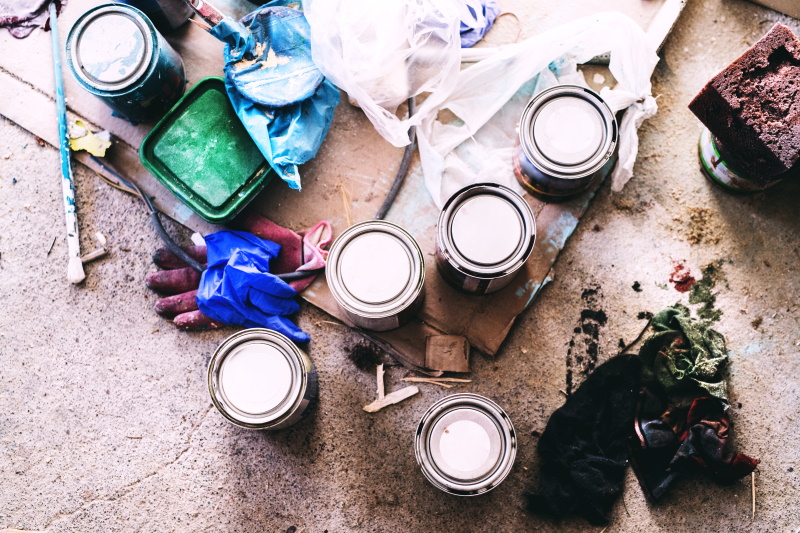Floor Paint
Helpful Tips on Using Floor Paint
Helpful Tips on Using Floor Paint
Floor Paint is unique in the fact that there are many different types of flooring, and each of these has specific floor paints that can be applied. Regardless though, whether it is hardwood, concrete or even melamine, floor paint needs to be durable so that it can withstand the many feet that walk over it, whilst maintaining the desired appearance. It ought to be durable, long-lasting and aesthetically in sync with your desired appearance.
The difference between floor paint and other kinds of paint also stems from the fact that, unlike any other part of a building, flooring is subject to the highest foot traffic, abrasion, friction and so on. Dirt and water are often traced onto indoor and outdoor flooring; once again your floor paint needs to be able to handle this. If you use normal paint on flooring the consequences can be severe. For instance, ordinary paint on a wooden floor means there is a definite possibility that the flooring will become damaged from dampness, mould, or termites and ants.

Always Follow Directions
Although some of the instructions that come with certain floor paints can seem redundant and time-wasting, each step of the process is vital to ensure long lasting protection, durability and the desired appearance. Various floor paints are designed quite specifically to stick to rough or smooth surfaces, and to affect the flooring upon which it is being applied. This reinforces the look and lasting capability.
A great example of this is how primers are required for wood flooring so as to provide a protective layer from moisture, and a surface for the paint to adequately stick to. Without the primer the paint is far less durable and can actually damage the wood flooring more than if it were simply left unpainted.
Ensure the Surface is Clean
When you are applying floor paint it’s important to make sure the surface you are painting is clean. Small bits of dirt can ruin a paint job by causing streaks and bubbles as well as chemically reacting to the floor paint. You may have noticed that some surfaces develop bubbles that rise slightly and eventually peel off. One of the most predominant reasons for this happening is small amounts of dirt trapped behind the paint and reacting to expel gas. This gas is trapped behind the layer of paint and literally starts pushing the paint off the main underlying surface.
Small mistakes can cause big problems when it comes to painting your floors, but with these helpful tips, you certainly will be better equipped to get the job done right the first time! If you have any enquiries about floor paint, the various types, and how to achieve the desired finish every time, visit Contact n Supply or contact us directly today.
Address
19 Jansen Rd
Nuffield Springs
Gauteng
Call Us
(011) 818 2247/8
(082) 412 7170
